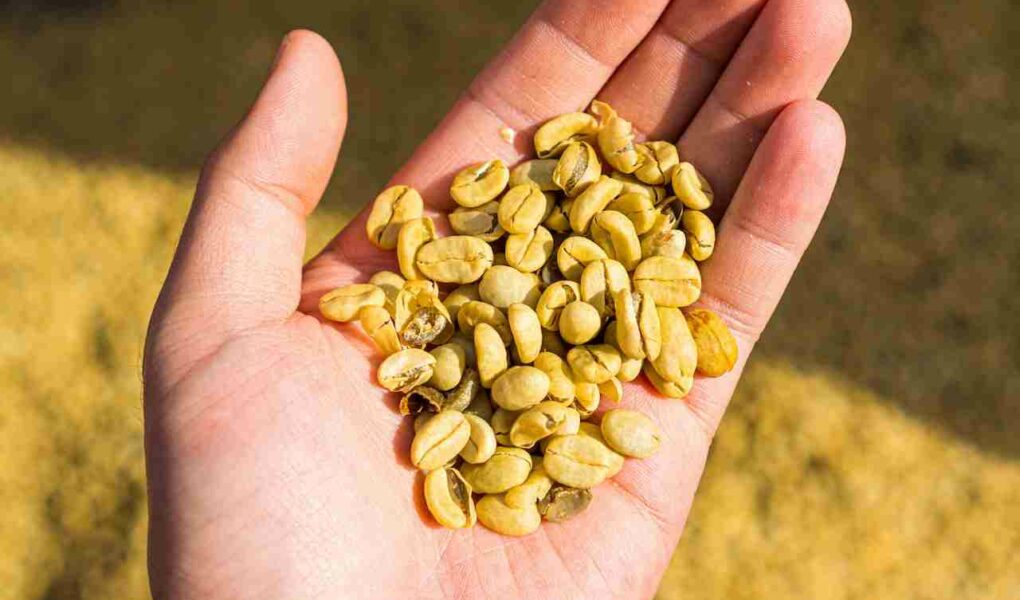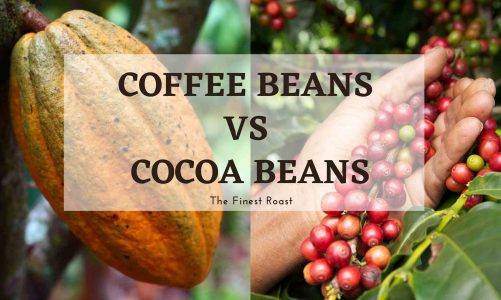Robusta beans are known for their strong and bold flavors, higher caffeine content, and are typically grown at lower elevations. They are not as common as Arabica beans but they are still widely used in the coffee industry. Robusta beans have a unique history and story, from its origin, how it was discovered, and how it has been used in the past. This article is going to look at what Robusta coffee beans are and how they are used.
Did you know that there are over 60 different types of coffee plants?
What Are Robusta Coffee Beans?
Robusta coffee beans are a variety of coffee that is known for its bold and strong flavor, as well as its high caffeine content. These beans are typically grown in low-lying regions, at elevations between sea level and 600 meters, and thrive in hot and humid climates. They are commonly used in instant coffee, canned coffee, and commercial coffee blends, and can also be found in some specialty coffee blends.
How Robusta Coffee Beans Were First Discovered
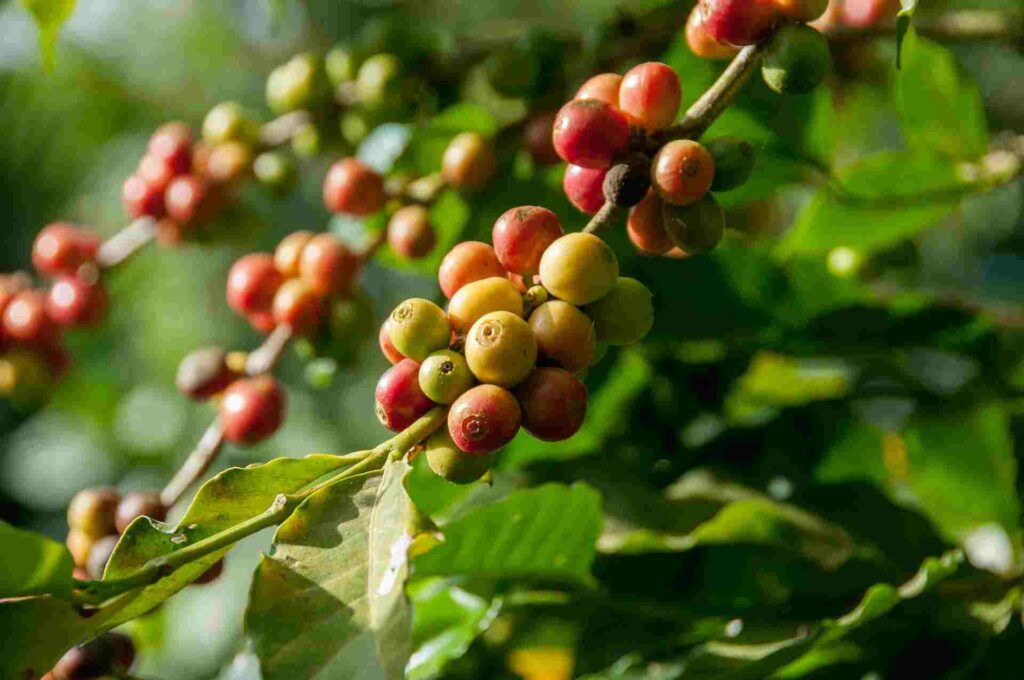
The story of robusta coffee beans began in the late 1800s when a French botanist named Hippolyte de Bouchard went on an expedition in Congo. As he traveled through the dense jungle, he stumbled upon a wild coffee tree that was unlike anything he had ever seen before. This tree was different from the arabica plants that were commonly known and grown at that time. Intrigued, he collected samples of the bean and brought them back to France to study.
Upon further examination, de Bouchard discovered that these beans were not only unique in their appearance but also in their properties. They had a higher caffeine content and a stronger flavor than arabica beans. This was an exciting discovery for the coffee industry as it opened up a whole new world of possibilities for coffee flavor and usage.
De Bouchard’s discovery of robusta beans marked the beginning of their cultivation. The beans were primarily grown in African countries such as Congo, and later on in South East Asian countries like Vietnam, Indonesia, and Brazil.
This was a major breakthrough for the coffee industry, as robusta beans could be grown at lower elevations and in hot climates that were not suitable for arabica beans. This meant that farmers could grow more coffee on less land, and it also allowed for a more resilient crop that was less susceptible to disease.
The discovery of robusta beans not only expanded the coffee industry but also brought about new flavors and possibilities for coffee lovers. Today, robusta beans are used in a variety of ways, from being blended with arabica beans to being used as a single-origin.
Where Robusta Coffee Beans Are Grown
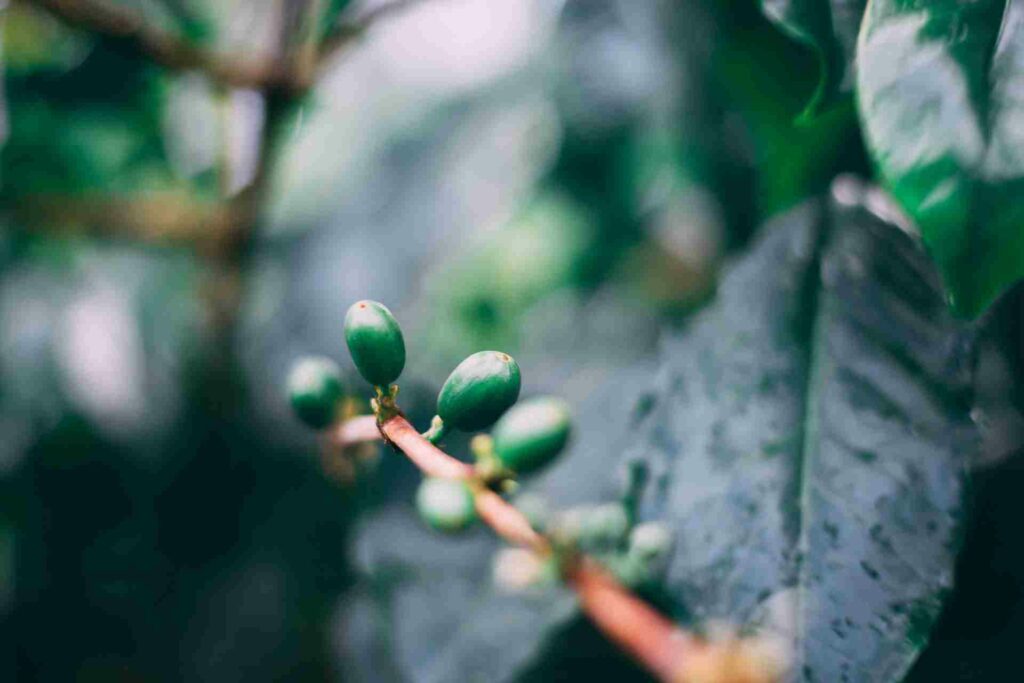
Robusta coffee beans are primarily grown in African countries such as Uganda, Congo, Ethiopia, and also in South East Asian countries such as Vietnam, Indonesia, and Brazil. These countries have the ideal climate and soil conditions for robusta beans to flourish. The beans are able to thrive in hot temperatures and are less susceptible to disease. Additionally, they can be grown at lower elevations, which allows for larger yields.
The beans grown in African countries are known for their strong and robust flavor, while the beans grown in South East Asia are known for their smooth and less bitter flavor. The beans grown in African countries typically have a more earthy, woody and chocolaty notes, while beans grown in South East Asian countries tend to have a more fruity and floral notes.
Furthermore, Robusta beans grown in different regions will have a different flavor profile and unique characteristics due to the different soil conditions and altitude, the same way that the terroir of wine grapes affects the flavor of wine.
Robusta coffee beans are typically grown in low-lying regions, at elevations between sea level and 600 meters. The plants are grown in full sun and require well-draining soil, with adequate water and nutrients. Robusta coffee plants typically have a shorter growing cycle than arabica plants, which allows farmers to harvest the beans more frequently.
How Robusta Coffee Beans are Harvested
Robusta coffee beans are typically harvested by hand, with workers picking the ripe cherries from the trees. The beans are then extracted from the cherries through a process called wet or dry processing. In wet processing, the cherries are first soaked in water to remove the outer flesh, before the beans are separated from the remaining pulp and dried. In dry processing, the cherries are left to dry in the sun before the beans are extracted.
Sustainable Farming Practices and Robusta
Sustainability is becoming increasingly important in the coffee industry, and robusta coffee farmers are also implementing sustainable practices to protect the environment and ensure the long-term viability of their crops. This includes using shade-grown techniques to protect the natural habitat of wildlife, implementing water conservation methods, and using organic fertilizers to reduce chemical runoff.
Some farmers also use intercropping techniques, where they grow other crops alongside the coffee plants, to improve soil fertility and reduce the need for chemical inputs. By using these sustainable farming practices, robusta coffee farmers can produce high-quality beans while preserving the environment for future generations.
How Robusta Coffee Beans Have Been Used
In the past, robusta coffee beans were mainly used for instant coffee and commercial blends because of their strong flavor and high caffeine content. However, they were not highly valued by coffee connoisseurs as they were considered to have a harsh and bitter taste. But as the speciality coffee industry has grown, more and more roasters are experimenting with using robusta beans in their blends and even as a single origin. This allows for a unique and bolder cup of coffee.
Characteristics of Robusta Beans
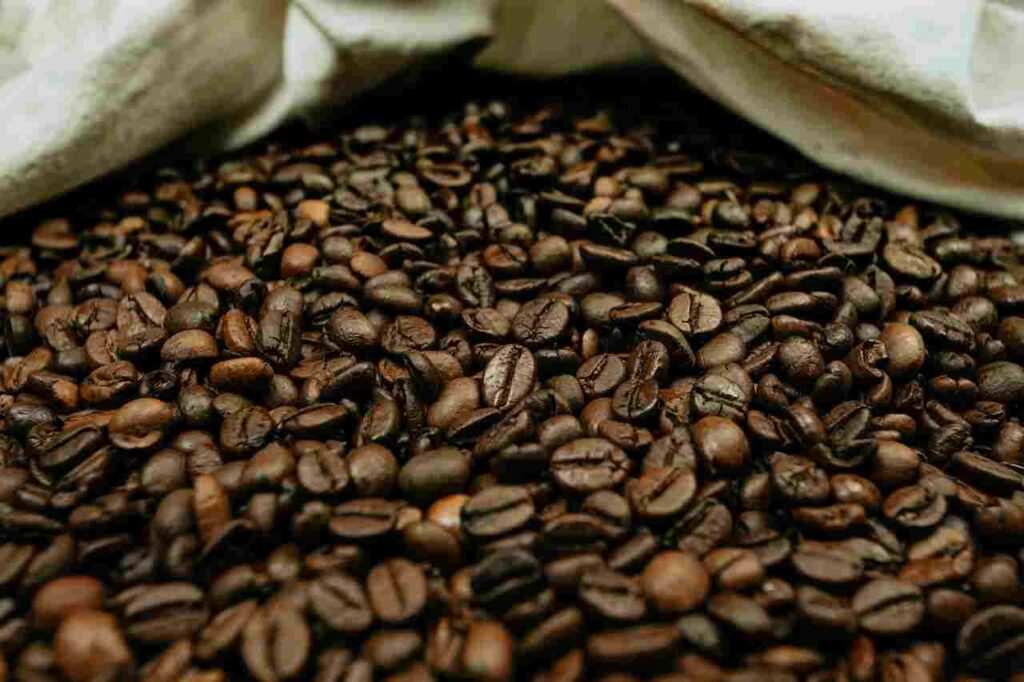
Flavor Profile
When it comes to flavor, robusta coffee beans are known for their bold and strong taste. They have a distinct nutty and earthy flavor with notes of chocolate, wood and a slight hint of fruitiness. These beans are also known for their lower acidity and higher bitterness compared to arabica beans.
But what makes robusta beans truly unique is the depth and complexity of flavors that can be found in them. Each bean grown in different regions will have a different flavor profile, due to the different soil conditions, altitude and climate.
Caffeine Content
When it comes to caffeine in coffee, robusta coffee beans are known to have a higher content compared to arabica beans. This is due to the fact that robusta beans have a higher chlorogenic acid content, which is what gives coffee its caffeine content.
The higher caffeine content in robusta beans makes them perfect for those looking for a strong and energizing cup of coffee. It is also used in many energy drinks and supplements due to its high caffeine content. But it’s not just about the caffeine, the bold and strong flavor of robusta beans also makes them a great choice for those who love a bold and strong coffee.
Acidity Level
When it comes to acidity, robusta coffee beans are known for their lower acidity compared to arabica beans. This is due to the fact that robusta beans have a higher chlorogenic acid content, which is what gives coffee its acidity. But just because they have a lower acidity, it doesn’t mean that robusta beans lack complexity or depth of flavor.
In fact, many coffee enthusiasts appreciate the unique, bold and strong taste that robusta beans bring to the table. The lower acidity also makes robusta beans a great option for those who are sensitive to acidity in their coffee.
Comparison of Robusta to Arabica Coffee Beans
When it comes to comparing robusta and arabica coffee beans, there are some key differences to take into account. The most obvious difference is the flavor, with arabica beans being known for their mild and sweet taste, while robusta beans are known for their bold and strong taste. Arabica beans also have a higher acidity level compared to robusta beans.
Another key difference is the caffeine content, with robusta beans having a higher caffeine content compared to arabica beans.
Another difference is the way the beans are grown, robusta beans can be grown at lower elevations and in hot climates that are not suitable for arabica beans, this means that farmers can grow more coffee on less land and it also allows for a more resilient crop that is less susceptible to disease.
When it comes to using robusta and arabica beans in blends, robusta beans are often used to add strength, body, and a bolder flavor to the blend, while arabica beans are used to add sweetness, acidity, and a milder flavor.
How Robusta Coffee Beans Are Commonly Used
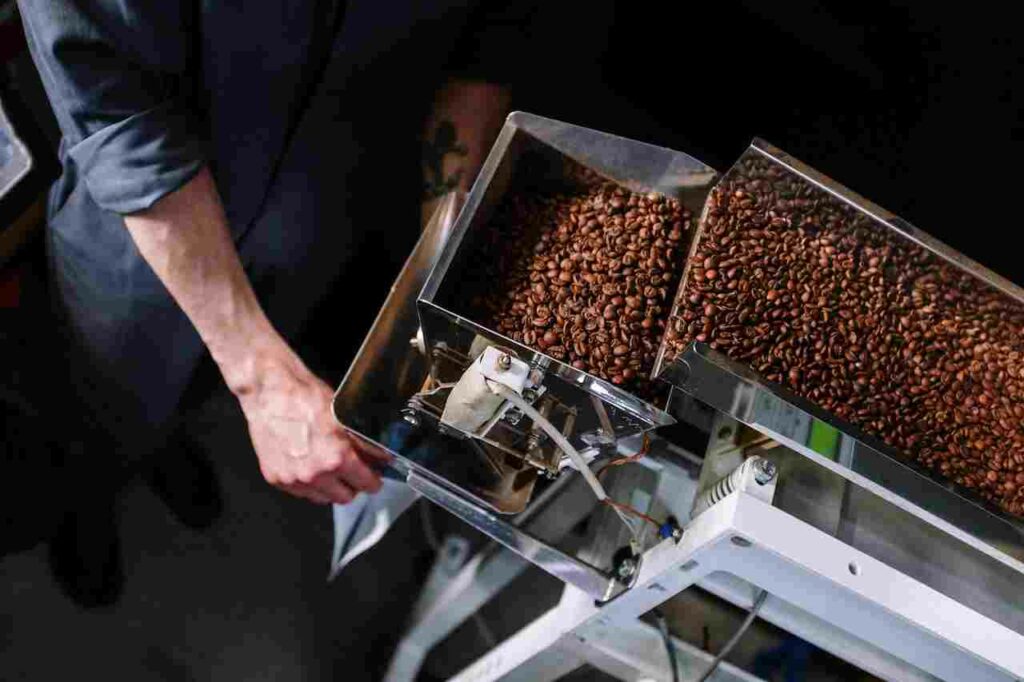
Robusta coffee beans are commonly used in instant coffee, canned coffee and in commercial coffee blends. Their bold and strong flavor, as well as their high caffeine content, make them a popular choice for these types of products. They are also used in some home-brewed coffee and in many espresso-based drinks, such as cappuccinos and lattes. Because of their lower acidity, robusta beans can add a smooth and full-bodied taste to the coffee.
Robusta and Specialty Coffee
While robusta coffee beans are not as popular as arabica beans in the speciality coffee industry, they are still used in some speciality blends. The bold and strong flavor of robusta beans can add depth and complexity to a blend, and their high caffeine content can make for a more energizing cup of coffee. Some speciality coffee roasters also experiment with single-origin robusta beans, highlighting the unique flavor profile of beans grown in specific regions.
Robusta and Commercial Coffee Blends
Robusta coffee beans are commonly used in commercial coffee blends due to their bold and strong flavor and high caffeine content. They are often used to balance out the milder and sweeter flavor of arabica beans and to add body and strength to the blend.
The lower acidity of robusta beans can also make for a smoother and more full-bodied cup of coffee. Commercial coffee blends are often used in restaurants, hotels, and other commercial settings, where a consistent and strong cup of coffee is desired.
The Final Sip
Robusta coffee beans are a versatile and popular choice in the coffee industry. Known for their bold and strong flavor, high caffeine content, and lower acidity, they are commonly used in instant coffee, commercial blends, and espresso-based drinks. While not as popular as arabica beans in the specialty coffee industry, robusta beans are still used in some specialty blends to add depth and complexity to the flavor.
Additionally, robusta coffee farmers are also implementing sustainable farming practices to protect the environment and ensure the long-term viability of their crops. Overall, robusta coffee beans play a significant role in the coffee industry, offering a unique taste and energy boost to coffee lovers all over the world.

